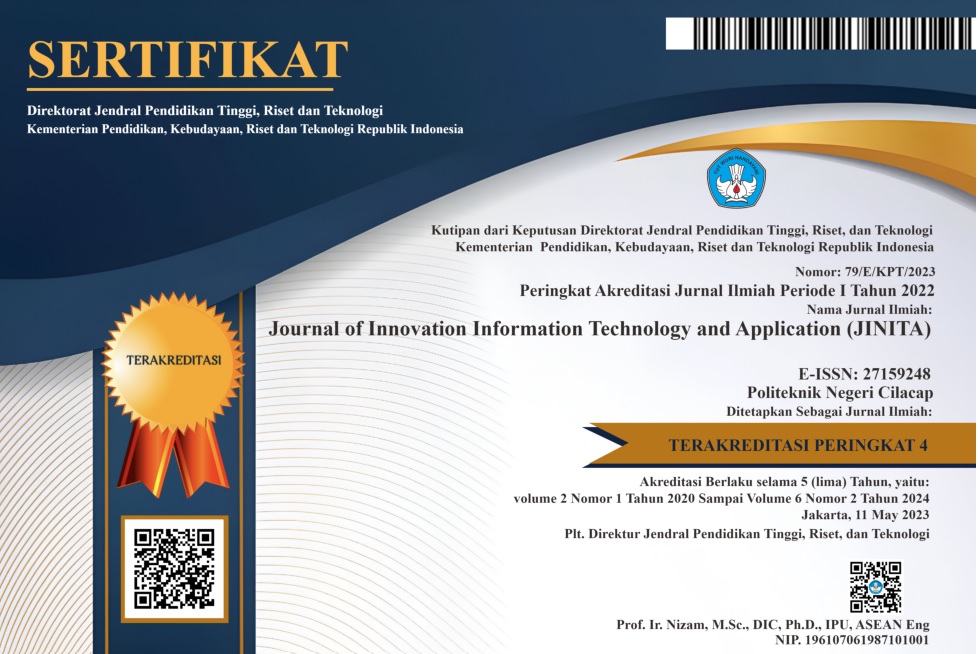Autocomplete recommendation plugin and Summarizing Text using Natural Language Processing
 Abstract views: 345
,
Abstract views: 345
,
 PDF downloads: 312
PDF downloads: 312
Abstract
Expert-caliber documents, reports, letters, and resumes can be easily developed using Microsoft Office. Microsoft Office offers capabilities such as grammar check, text and font checking & formatting, HTML compatibility, advanced page layout, image support, and more in contrast to a plain text editor, however, it does not have the autocomplete abbreviations feature. The paper proposes an Autocomplete abbreviation Recommendation System that will integrate the benefits of getting automatic suggestions of either full forms, abbreviations, or both by clicking on the option that is being suggested. This will provide more flexibility to the user using existing Microsoft Office platforms. To create this feature, we have examined the JavaScript JQuery functions to implement a basic autocomplete feature. Information overloading is also one of the most important problems brought on by the Internet's explosive expansion. Massive quantities of text are difficult for people to manually summarise. Thus, there is now a greater need for summarizers that are more sophisticated and potent. Hence, Python's packages, methods, and NLP are used in this work to implement Text Summarization. By using this technique, the phrase's overall meaning is enhanced and the reader's comprehension is enhanced.
References
V. K. Boo and P. Anthony, "A data structure between trie and list for auto-completion," in Knowledge Technology Week, pp. 303-312, Springer, Berlin, Heidelberg, 2011.
W. J. Fung, "A predictive text completion software in Python," The Python Papers Monograph 2, 2010.
J. Kim, K. Lee, and S. Choi, "Machine learning-based code auto-completion implementation for firmware developers," Applied Sciences, vol. 10, no. 23, p. 8520, 2020.
L. Burgueño et al., "An NLP-based architecture for the autocompletion of partial domain models," in International Conference on Advanced Information Systems Engineering, pp. 91-106, Springer, Cham, 2021.
S. Sarker et al., "Word completion and sequence prediction in Bangla language using trie and a hybrid approach of sequential LSTM and N-gram," in 2020 2nd International Conference on Advanced Information and Communication Technology (ICAICT), pp. 162-167, IEEE, 2020.
M. Allahyari et al., "Text summarization techniques: a brief survey," arXiv preprint arXiv:1707.02268, 2017.
M. Bhandari et al., "Re-evaluating evaluation in text summarization," arXiv preprint arXiv:2010.07100, 2020.
E. Lloret, M. T. Romá-Ferri, and M. Palomar, "COMPENDIUM: A text summarization system for generating abstracts of research papers," Data & Knowledge Engineering, vol. 88, pp. 164-175, 2013.
A. P. Widyassari et al., "Review of automatic text summarization techniques & methods," Journal of King Saud University-Computer and Information Sciences, 2020.
W. S. El-Kassas et al., "Automatic text summarization: A comprehensive survey," Expert Systems with Applications, vol. 165, p. 113679, 2021.
M. Gambhir and V. Gupta, "Recent automatic text summarization techniques: a survey," Artificial Intelligence Review, vol. 47, no. 1, pp. 1-66, 2017.
A. P. Widyassari and S. R. (2020), "Review of automatic text summarization techniques & methods," Journal of King Saud University - Computer and Information Sciences, 18.
L. Antiqueira et al., "A complex network approach to text summarization," Information Sciences, vol. 179, no. 5, pp. 584-599, 2009.
D. Ward, J. Hahn, and K. Feist, "Autocomplete as research tool: A study on providing search suggestions," Information Technology and Libraries, vol. 31, no. 4, pp. 6-19, 2012.
A. Dima and A. Massey, "Keyphrase Extraction for Technical Language Processing," UMBC Faculty Collection, 2021.
V. Gupta and G. S. Lehal, "A survey of text summarization extractive techniques," Journal of emerging technologies in web intelligence, vol. 2, no. 3, pp. 258-268, 2010.
Copyright (c) 2023 Aryaan Shaikh

This work is licensed under a Creative Commons Attribution 4.0 International License.
Authors who publish with this journal agree to the following terms:
- Authors retain copyright and grant the journal right of first publication with the work simultaneously licensed under a Creative Commons Attribution License that allows others to share the work with an acknowledgement of the work's authorship and initial publication in this journal.
- Authors are able to enter into separate, additional contractual arrangements for the non-exclusive distribution of the journal's published version of the work (e.g., post it to an institutional repository or publish it in a book), with an acknowledgement of its initial publication in this journal.
- Authors are permitted and encouraged to post their work online (e.g., in institutional repositories or on their website) prior to and during the submission process, as it can lead to productive exchanges, as well as earlier and greater citation of published work (See The Effect of Open Access).
















